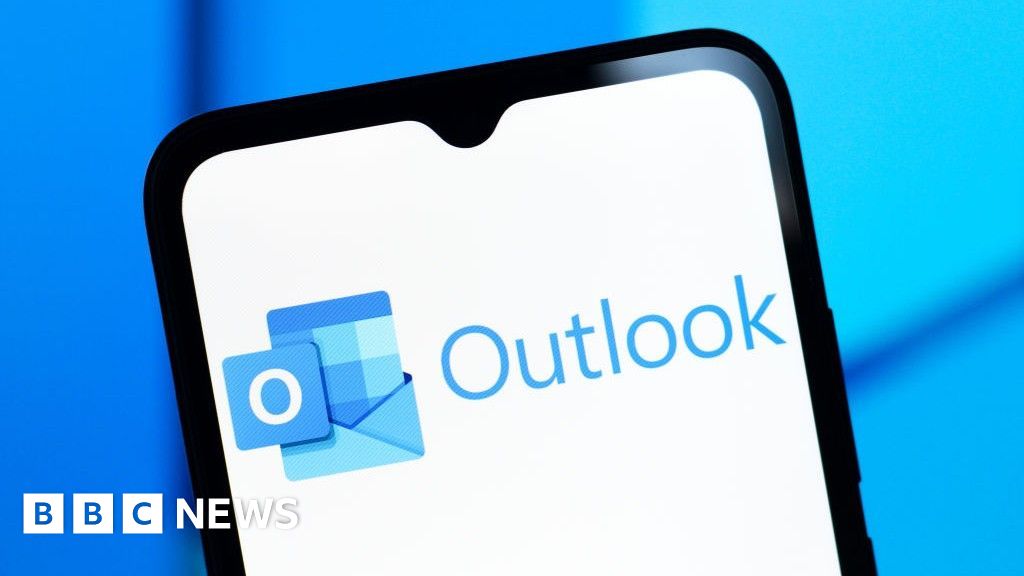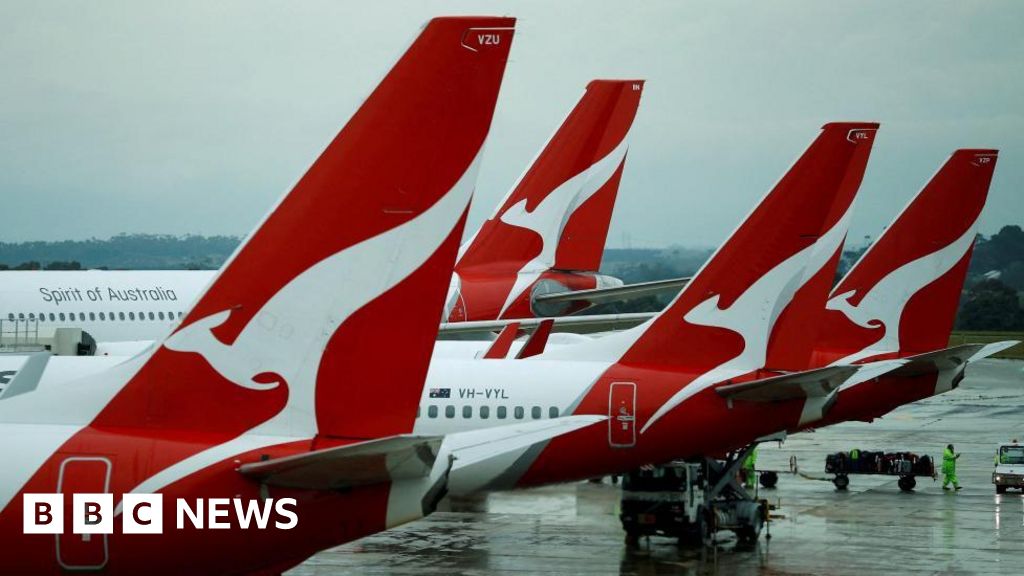What Is Delivery Fulfillment and Why It Matters?

Delivery fulfillment is the process that guarantees customer orders are prepared and delivered efficiently, impacting customer satisfaction and brand loyalty. It includes various steps, such as order processing, inventory management, and shipping coordination. As online shopping expands, comprehending how fulfillment affects your business’s success is essential. Significantly, many customers may reconsider future purchases after a poor delivery experience. What are the key components and challenges of effective delivery fulfillment?
Key Takeaways

- Delivery fulfillment encompasses order processing, picking, packing, and shipping, crucial for meeting customer expectations in e-commerce.
- Efficient fulfillment enhances customer satisfaction, as 79% of consumers may not repurchase after a poor delivery experience.
- Effective inventory management within fulfillment prevents stockouts and reduces excess inventory costs, supporting operational efficiency.
- Timely deliveries boost brand reputation and encourage repeat purchases, as 79% of consumers won’t return after a negative experience.
- Outsourcing fulfillment to Third-Party Logistics (3PL) can reduce costs, improve delivery speed, and enhance overall operational efficiency.
Understanding Delivery Fulfillment

Grasping delivery fulfillment is fundamental for any business that wants to thrive in today’s competitive market, especially as customer expectations continue to rise.
Delivery fulfillment encompasses the entire process of preparing and delivering orders, which includes order processing, picking items, packing, and coordinating with carriers. For an Amazon seller, comprehending different shipping options is critical to meet these expectations.
Offering efficient shipping solutions can improve customer satisfaction, as studies indicate that 79% of consumers may not repurchase after a poor delivery experience. With 74% of online shoppers prioritizing free shipping, choosing the right Amazon seller shipping options can greatly impact your business’s success.
The Importance of Effective Fulfillment

Effective fulfillment plays a vital role in shaping your brand’s reputation and managing costs.
When you streamline your fulfillment process, you not just improve efficiency but likewise build customer trust, as timely deliveries can prevent cart abandonment and encourage repeat purchases.
Impact on Brand Reputation
When customers receive their orders on time and in perfect condition, it not only boosts their satisfaction but likewise strengthens their perception of your brand.
Effective order fulfillment greatly impacts your brand reputation, as 79% of consumers won’t return after a negative experience. Timely deliveries improve customer satisfaction, nurturing brand loyalty and encouraging repeat purchases.
By consistently meeting or exceeding delivery expectations, you increase the likelihood of positive reviews, which build customer trust and advocacy. Utilizing resources like Amazon fulfillment centers can help you achieve this level of service.
Efficiency and Cost Management
A strong fulfillment strategy not just improves customer satisfaction but also plays a vital role in efficiency and cost management within your business operations.
Effective order fulfillment can directly impact your bottom line; delivery costs can account for up to 70% of an order’s value. By implementing a streamlined fulfillment process, you can markedly reduce delivery times, with options like next-day or same-day services becoming standard.
Adopting an FBA shipping plan can help manage these costs effectively. The average pick-and-pack fee for outsourced services is around $3.13, making it important to choose the right logistics providers.
The Delivery Fulfillment Process

Comprehending the delivery fulfillment process is vital for ensuring your orders reach customers efficiently.
It involves key steps like processing orders, managing inventory, and handling shipping and returns, which all play a critical role in maintaining accuracy and customer satisfaction.
Key Process Steps
The delivery fulfillment process consists of several key steps that are vital for ensuring customer satisfaction and operational efficiency.
First, orders are processed using order management software, which automates picking and packing based on real-time inventory data.
Next, items are picked from inventory at amazon fulfillment centers, focusing on their SKU and location.
After picking, careful packing considers dimensional weight to minimize shipping costs.
Once packed, items are handed over to carriers, and tracking information is provided to customers, enhancing transparency.
Finally, handling returns is important, involving quality control checks on returned items to decide on restocking or recycling, thereby maintaining inventory accuracy and ensuring customer satisfaction throughout the entire process.
Inventory Management Techniques
Efficient inventory management techniques play an essential role in enhancing the delivery fulfillment process, directly impacting your ability to meet customer expectations.
Techniques like Just-In-Time (JIT) and ABC analysis help you maintain ideal stock levels, ensuring products are ready for order fulfillment without incurring excess inventory costs.
By positioning inventory closer to customers, you can greatly reduce delivery times, enhancing shipping speed and efficiency.
Utilizing warehouse management software allows real-time tracking, improving accuracy in order picking and minimizing errors.
Implementing barcoding or RFID technology streamlines inventory processes, enabling quicker product identification.
Regular inventory audits and accurate demand forecasting help you anticipate customer needs, ensuring adequate stock levels and boosting overall delivery fulfillment performance, especially when utilizing amazon fulfillment centers.
Shipping and Returns Handling
Shipping and returns handling form a critical part of the delivery fulfillment process, as they directly influence customer satisfaction and retention.
When you ship orders, selecting the right carriers and packaging helps minimize costs and meet delivery timelines. Many customers, about 74%, prioritize free shipping at checkout, so offering this option can boost sales.
Conversely, managing returns is equally important. A clear return policy can prevent cart abandonment, as 63% of shoppers abandon purchases because of unexpected shipping costs.
Utilizing an amazon shipping facility can streamline this process, ensuring efficient returns handling. Quality control checks during returns determine if items should be restocked or recycled, which aids accurate inventory management and improves customer loyalty.
Key Challenges in Delivery Fulfillment

Navigating through the significant challenges in delivery fulfillment requires a strategic approach, as various factors can greatly impact customer satisfaction and business efficiency. You need to manage inventory levels across multiple locations, considering that 25% of shoppers abandon orders because of unexpected shipping costs. Meeting fast delivery expectations is vital, with 74% of online shoppers prioritizing free shipping at checkout. High return rates present another challenge; 79% of consumers are unlikely to repurchase after a poor return experience. Moreover, logistics delays can impact retention, as 94% of shoppers seek free shipping. Balancing fulfillment costs, which can reach 70% of order value, against service quality is important.
| Challenge | Impact on Customers | Solution |
|---|---|---|
| Inventory Management | Order abandonment | Improve transparency |
| Fast Delivery Expectations | Customer satisfaction | Optimize shipping strategies |
| High Return Rates | Repurchase likelihood | Improve return processing |
| Logistics Delays | Customer retention | Strengthen shipping partnerships |
Best Practices for Optimizing Fulfillment

To optimize fulfillment effectively, it’s essential to adopt best practices that boost operational efficiency and customer satisfaction.
Start by implementing effective inventory management, such as localizing stock near customers to reduce shipping times and costs.
Automating order processing with advanced order management software minimizes errors and improves tracking, leading to enhanced satisfaction.
Regularly analyze fulfillment metrics, like order fulfillment rates, to identify inefficiencies and inform strategies for optimization.
Establish clear communication channels between your sales and fulfillment teams to align expectations and improve coordination throughout the order process.
Finally, utilize data-driven insights for refining demand forecasting and inventory replenishment strategies, helping you optimize stock levels and reduce excess inventory costs, especially if you’re using amazon fulfillment centers for your operations.
Choosing the Right Fulfillment Strategy

How can you guarantee your business selects the right fulfillment strategy? Start by evaluating your operational costs and consider whether in-house, outsourced, or hybrid options best suit your needs.
Outsourced fulfillment can notably reduce overhead by utilizing established logistics networks. If you’re wondering how to ship products from supplier to Amazon FBA, partnering with a reliable third-party logistics provider (3PL) is key. They typically offer faster delivery options, such as next-day shipping, and can efficiently manage demand spikes during peak seasons.
Confirm your chosen strategy integrates well with your e-commerce platform for seamless order processing and improved inventory visibility. By making data-driven decisions, you can boost customer satisfaction, leading to repeat purchases and increased brand loyalty.
Frequently Asked Questions

What Is the Meaning of Fulfillment Delivery?
Fulfillment delivery refers to the entire process of completing customer orders, which involves picking, packing, and shipping products from a warehouse to the specified address.
It’s crucial for ensuring that orders reach customers efficiently and accurately. For example, if you order a product online, fulfillment delivery determines how quickly and reliably it arrives at your doorstep.
Effective fulfillment strategies not only improve customer satisfaction but likewise impact overall business profitability through shipping costs.
Why Is Order Fulfillment Important?
Order fulfillment’s important since it directly affects customer satisfaction and brand reputation. When you deliver orders accurately and on time, you build trust with your customers.
For instance, 79% of consumers won’t repurchase after a poor experience. Furthermore, efficient fulfillment can lower costs, as it streamlines operations.
Fast delivery options attract buyers, with 74% prioritizing free shipping. In the end, good fulfillment practices lead to customer retention and long-term business growth, making it essential for success.
What Are the 7 Steps of the Order Fulfillment Process?
The order fulfillment process consists of seven crucial steps.
First, you receive inventory from suppliers, inspecting and storing products.
Next, you process orders, confirming details through order management software.
Then, you pick items based on packing slips, ensuring accuracy.
After that, you pack the orders securely.
Following packing, you ship the products using various carriers.
Finally, you track deliveries and handle returns, maintaining communication and satisfaction with customers throughout the entire process.
What Are the Three Types of Order Fulfillment?
The three types of order fulfillment are in-house fulfillment, third-party fulfillment (3PL), and drop shipping.
In-house fulfillment gives you control over the entire process but requires significant investment in facilities and staff.
Third-party fulfillment allows you to outsource logistics, speeding up shipping and scaling operations.
Drop shipping eliminates inventory management, as suppliers ship directly to customers, reducing overhead but often resulting in lower profit margins.
Each method has its pros and cons, depending on your business needs.
Conclusion

In conclusion, delivery fulfillment is a crucial component of the customer experience, directly impacting satisfaction and loyalty. By comprehending the fulfillment process and addressing its challenges, businesses can streamline operations and improve efficiency. Implementing best practices, such as effective inventory management and clear communication, further optimizes fulfillment. In the end, choosing the right fulfillment strategy customized to your business needs can lead to improved customer retention and a stronger market position, making it fundamental for long-term success.
Image Via Envato
This article, "What Is Delivery Fulfillment and Why It Matters?" was first published on Small Business Trends
What's Your Reaction?
 Like
0
Like
0
 Dislike
0
Dislike
0
 Love
0
Love
0
 Funny
0
Funny
0
 Angry
0
Angry
0
 Sad
0
Sad
0
 Wow
0
Wow
0































































































